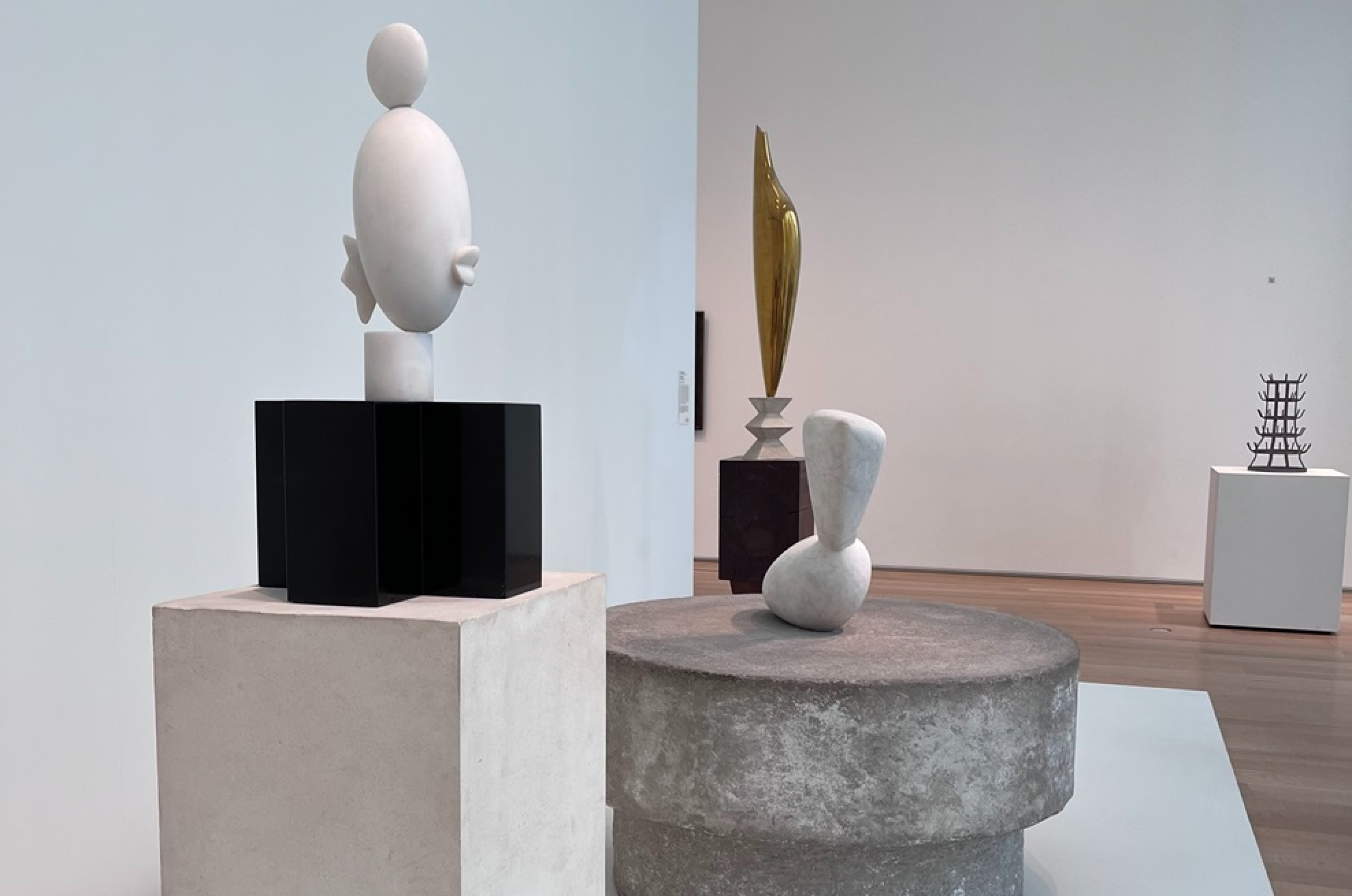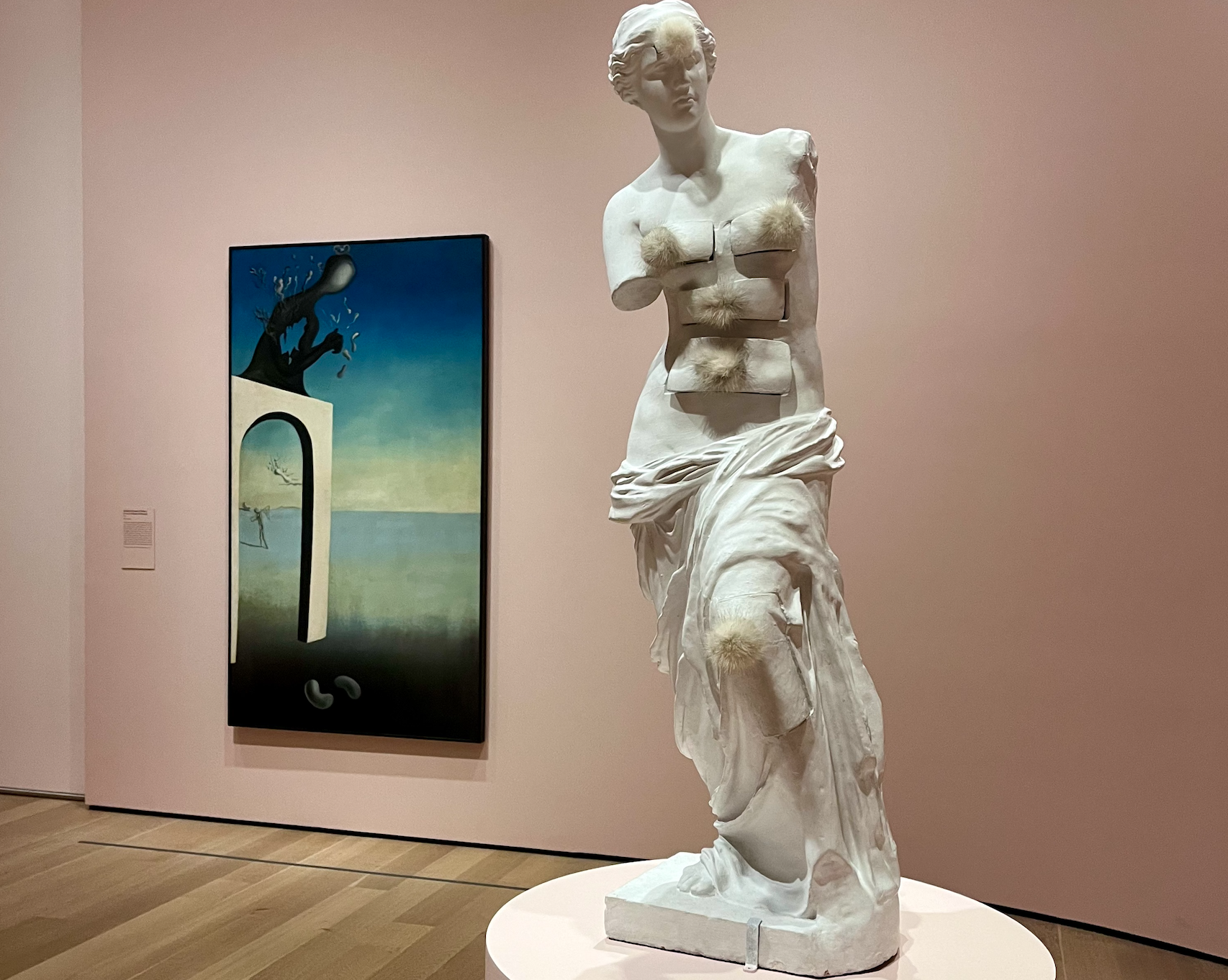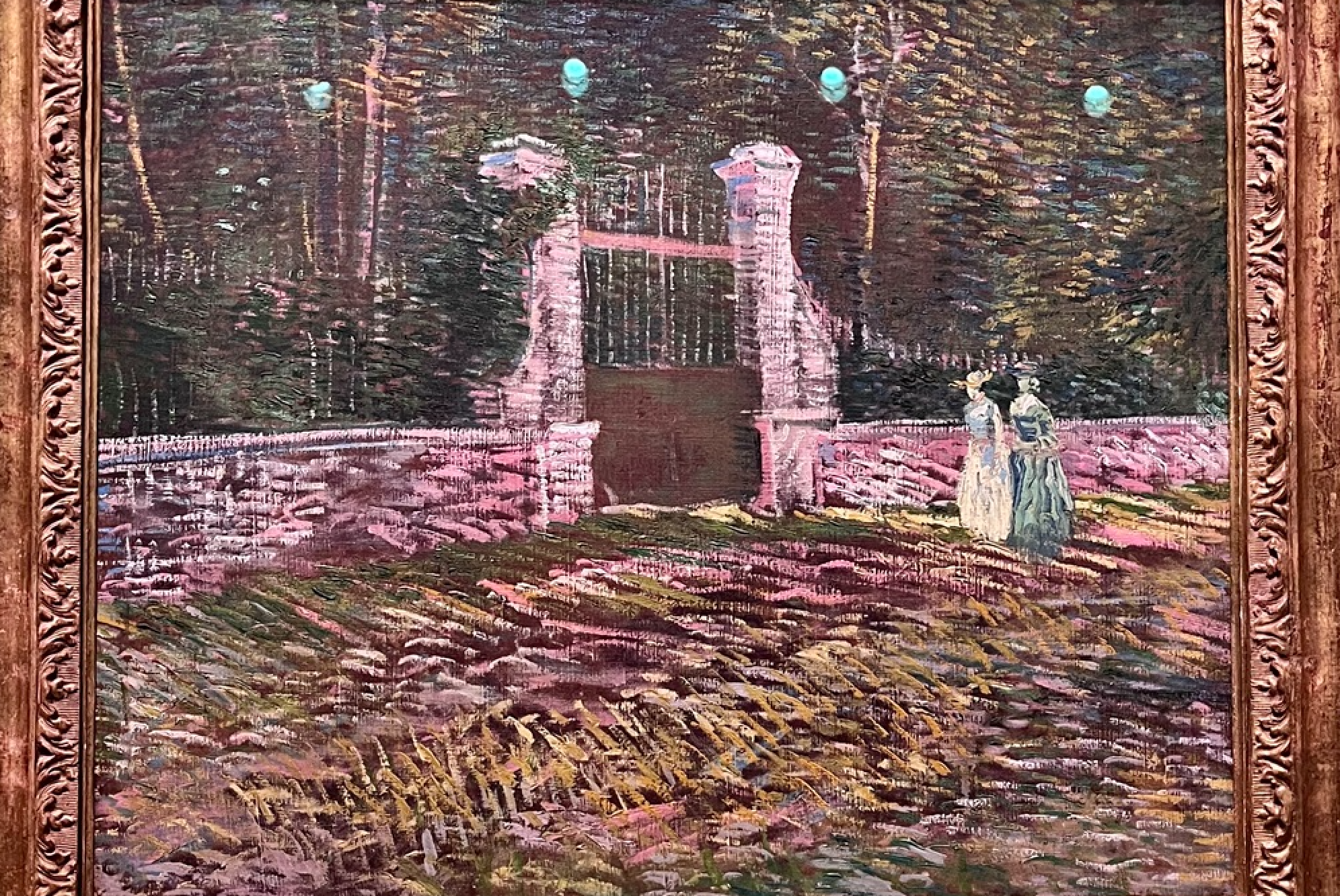While in Chicago last week, I had the pleasure to visit the Art Institute on multiple occasions for some special celebrations. One of these occasions entailed visiting the museum almost privately at night, hence being able to focus on some of the masterpieces present at the space without a crowd and with all the time I required to stand in front of the pieces.
I was excited to see a few works in particular, such as: ‘A Sunday on La Grande Jatte’ by Georges Seurat; “Paris Street; Rainy Day” by Gustav Caillebotte; “Nighthawks” by Edward Hopper; and “American Gothic” by Grant Wood.
The permanent collection also contains pieces by Pablo Picasso, Constantin Brâncuși, Claude Monet, Pierre-Auguste Renoir, Marc Chagall and Georgia O’Keeffe, to name a few.
The entirety of the museum is scrutinously curated, offering insight into different art movements and a multitude of angles from which to observe art through diverse perspective, taking it all in.
It was particularly great to see some pieces from Cézanne which had been lent to the Tate Modern in London by the Art Institute of Chicago for the exhibition that took place from October 2022 until March 2023.


